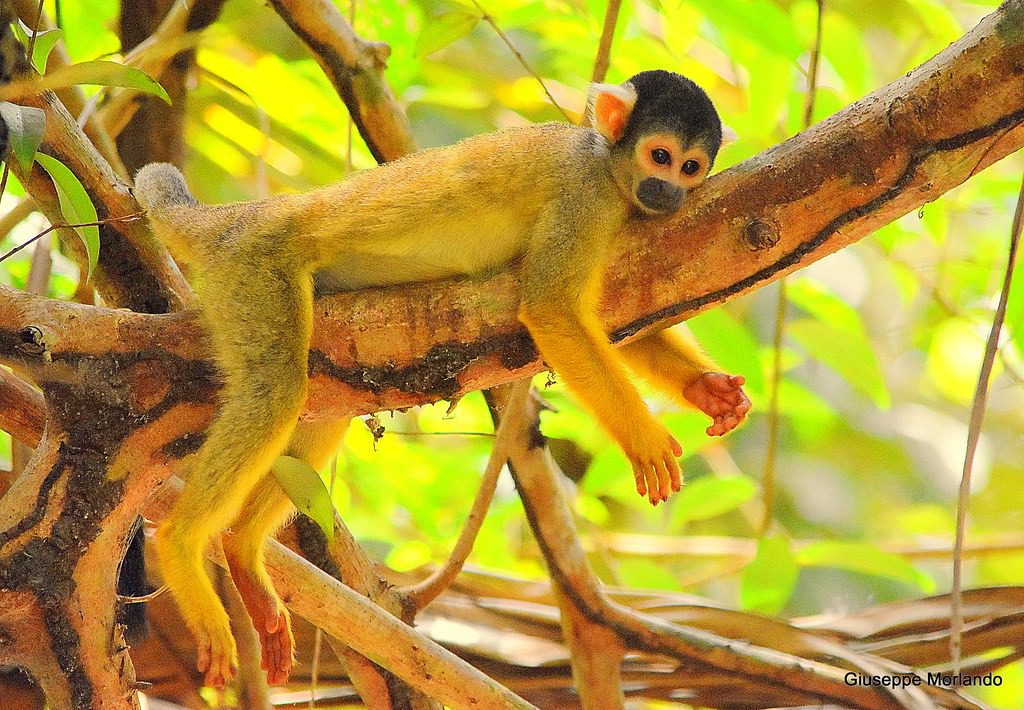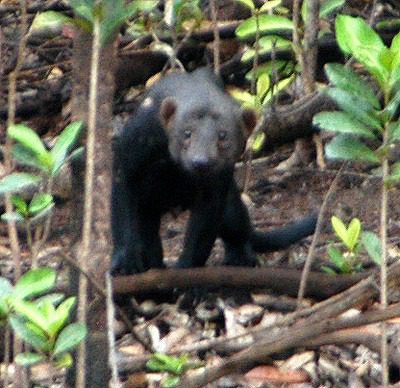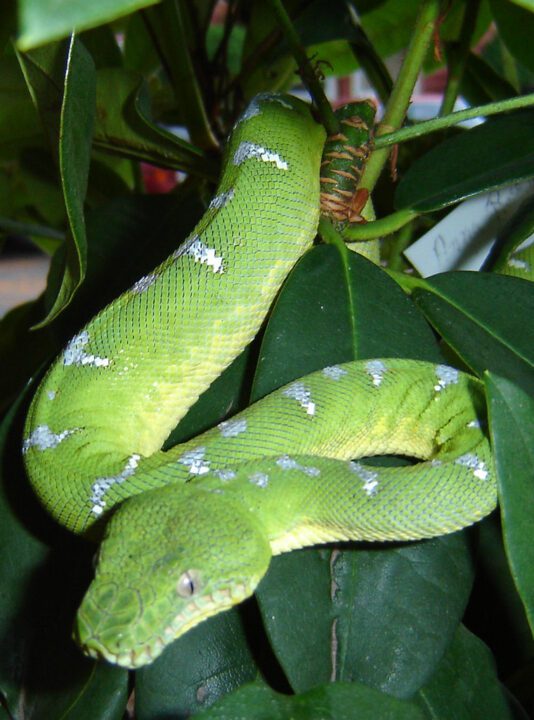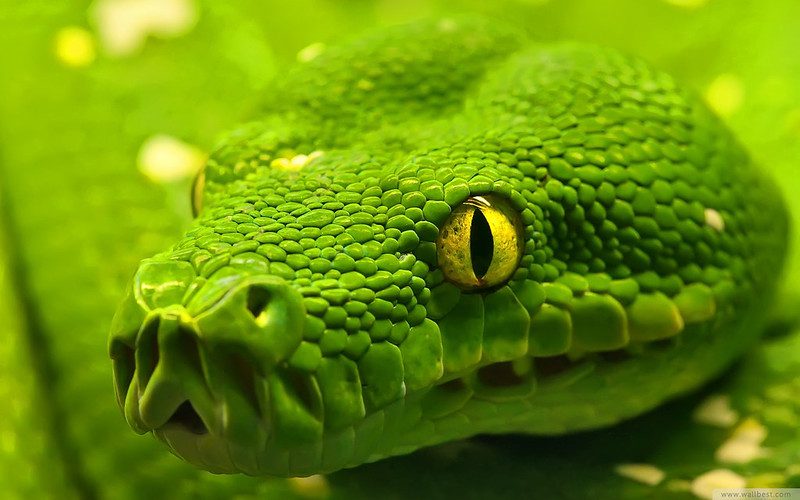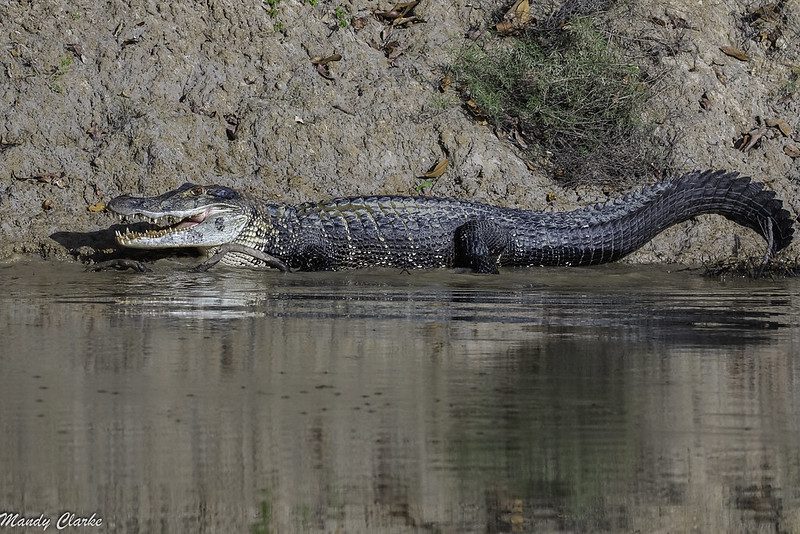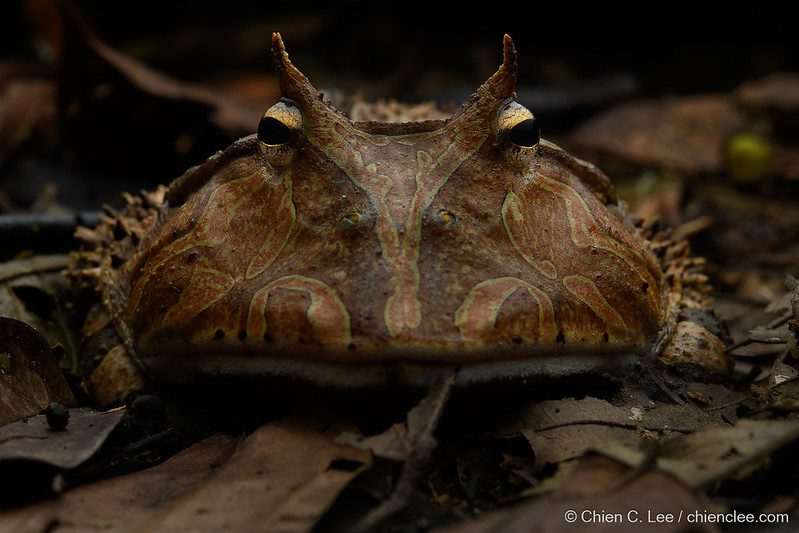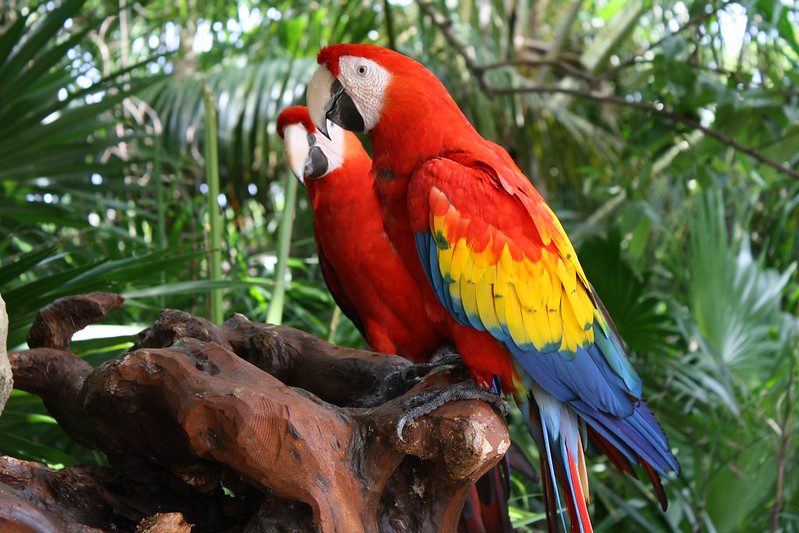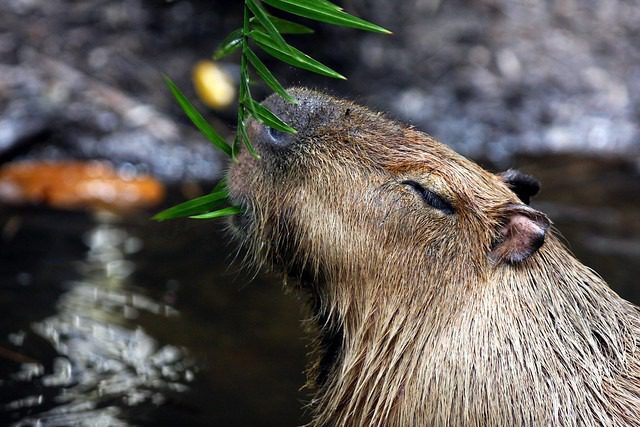Boa constrictors are one of the most fascinating and well-known species of snakes. With their impressive size, unique behaviors, and wide range of colors and habitats, they continue to captivate both casual animal lovers and dedicated herpetologists. This comprehensive guide will explore every aspect of the boa constrictor, including their biology, ecology, and cultural significance, all based on a detailed keyword structure for clarity and SEO relevance.
What is a Boa Constrictor?
Boa Constrictor Meaning
The term “boa constrictor” refers to both a species and a group within the Boidae family. The name is derived from the Latin “bos,” meaning ox, and “constringere,” meaning to constrict. True to their name, boa constrictors kill their prey through constriction rather than venom. Scientifically named Boa constrictor, these non-venomous snakes are known for their strength and method of subduing prey.

Physical Characteristics
Boa Constrictor Size
Boa constrictors are among the largest snakes in the world. Their size can vary depending on subspecies and habitat, but typically:
- Adults range from 6 to 13 feet in length.
- Females are generally larger than males.
- Weight can vary from 20 to 60 pounds.
Some exceptional individuals have been known to reach lengths of over 14 feet.
Boa Constrictor Teeth
Boa constrictors have backward-curving teeth designed to grip prey securely as they constrict. While they are non-venomous, their bite can be painful and is primarily used to seize prey before constriction.
Interesting Fact: Boa constrictors have infrared-sensitive pits that help them detect warm-blooded animals in low-light conditions.
Boa Constrictor Varieties
Types of Boa Constrictors
There are several types of boa constrictors, differentiated by geography and physical traits:
- Red Tail Boa Constrictor (Boa constrictor constrictor): Known for the distinctive red pattern on its tail.
- Yellow Boa Constrictor: Usually refers to certain morphs or color variations.
- Albino Boa Constrictor: These snakes lack melanin, resulting in white or yellowish skin with pink or red eyes.
Each type has specific traits that make them unique and desirable in both the wild and pet trade.
Baby Boa Constrictor
Newborn boa constrictors are about 15 to 20 inches long and are fully independent at birth. They shed their skin for the first time within a week and begin feeding shortly after.

Habitat and Distribution
Boa Constrictor Habitat
Boa constrictors are native to Central and South America but can also be found in the Caribbean. They inhabit diverse environments including:
- Tropical rainforests
- Arid regions
- Grasslands
- Agricultural fields
They are excellent swimmers and climbers, although they often prefer to remain on the ground.
Unusual Fact: In Florida, boa constrictors are considered an invasive species due to escaped or released pets.
Diet and Feeding Habits
Boa Constrictor Diet
Boa constrictors are carnivorous and feed primarily on small to medium-sized mammals, birds, and occasionally reptiles. Their diet includes:
- Rodents
- Bats
- Lizards
- Birds
They use ambush tactics to capture prey and then constrict until the prey can no longer breathe.
Feeding Frequency:
- Juveniles: Every 5 to 7 days
- Adults: Every 10 to 14 days
Behavior and Life Cycle
Boa constrictors are generally solitary and mostly nocturnal. Mating occurs during the dry season, and females give live birth to 10–60 young after a gestation period of about 5 to 8 months.
Unique Trait: Unlike many reptiles, boa constrictors give live birth instead of laying eggs.
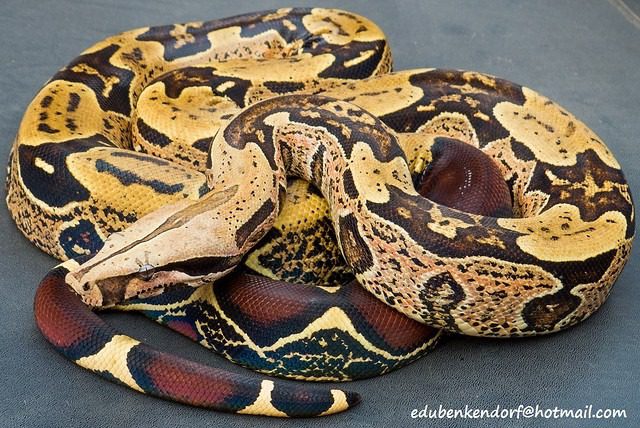
Natural Enemies and Threats
Boa Constrictor Predators
Although adult boa constrictors have few natural predators due to their size, they are sometimes preyed upon by:
- Jaguars
- Large birds of prey (e.g., harpy eagles)
- Humans (for skin and pet trade)
Young boas are more vulnerable to predators such as:
- Coyotes
- Hawks
- Larger snakes
Boa Constrictor vs. Python
Boa constrictors and pythons are often confused due to similar body shapes and feeding strategies. However, key differences include:
- Origin: Pythons are native to Africa, Asia, and Australia, while boas are from the Americas.
- Reproduction: Pythons lay eggs; boas give live birth.
- Size: Some python species (like the reticulated python) grow longer than boas.
Similarities:
- Both are non-venomous constrictors.
- Both use ambush techniques.
Boa Constrictors in Pop Culture
Boa Constrictor Song
The poem and song “I’m Being Eaten by a Boa Constrictor” by Shel Silverstein popularized the snake among children and educators. Its humorous tone has helped reshape the scary reputation of snakes.
Lyrics Highlight:
“Oh no, he’s up to my toe… Oh gee, he’s up to my knee…”
I’m Being Eaten by a Boa Constrictor
This song has become a cultural reference point for both children’s literature and environmental education. It is often used in classrooms to teach rhythm and rhyme.
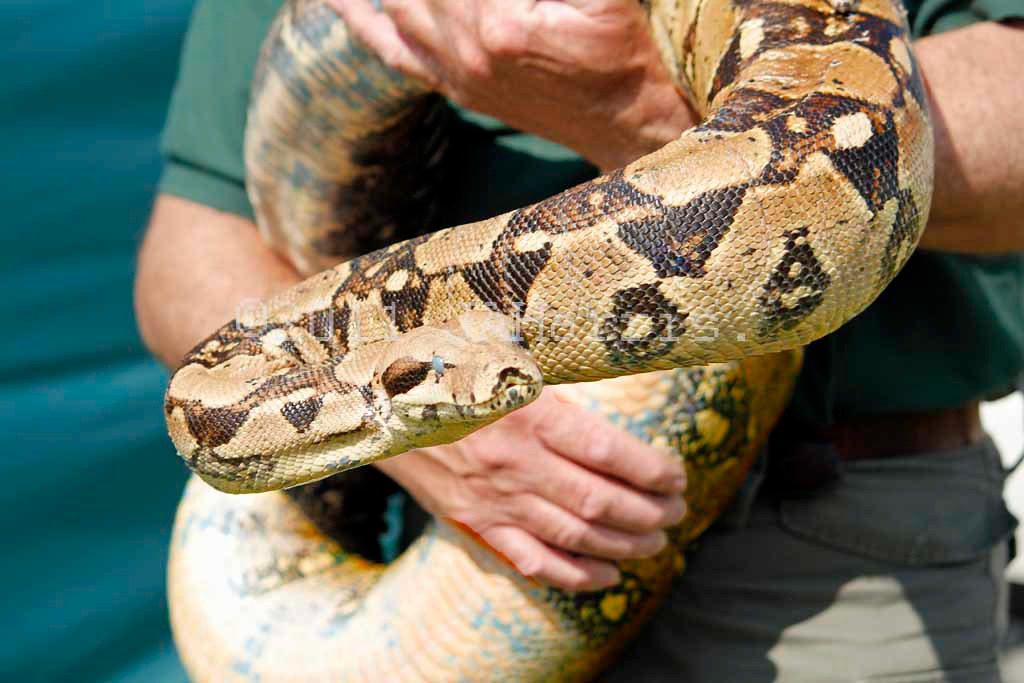
Regional Sightings
Boa Constrictor Nottingham
While boa constrictors are not native to the UK, there have been reported sightings in areas like Nottingham. These are typically escaped or abandoned pets.
Current Fact: Local authorities and animal control units have protocols in place to safely capture and rehome exotic pets found in urban areas.
Care and Pet Trade
Boa constrictors are popular in the exotic pet trade due to their relatively docile nature. However, they require significant care:
- Housing: Large terrariums with secure lids
- Temperature: 75–90°F with a basking spot
- Humidity: 50–70%
- Feeding: Pre-killed rodents to avoid injury
Important Note: Keeping a boa constrictor is regulated in many countries and often requires permits.
Conservation Status
Most boa constrictor subspecies are not currently endangered, but habitat loss and the pet trade pose risks. Conservation efforts focus on:
- Habitat preservation
- Legal pet trade regulations
- Public education
Fun and Unusual Facts
- Boa constrictors can live over 30 years in captivity.
- They have two lungs, but one is vestigial.
- Boas have a strong sense of smell, which they use along with their tongue flicking behavior.
- They can go months without eating after a large meal.
- They have vestigial pelvic spurs, remnants of hind limbs.
Conclusion
Boa constrictors are more than just large, powerful snakes—they’re an essential part of the ecosystems they inhabit and play a fascinating role in human culture and the exotic pet industry. Whether encountered in the wild, kept as pets, or heard about in songs and stories, these snakes continue to amaze and inspire curiosity.
From their size and hunting techniques to their presence in urban myths and classrooms, the boa constrictor stands as a symbol of nature’s diversity and adaptability.






